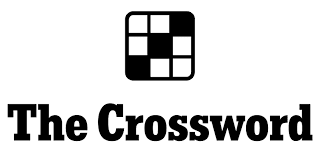Crossword puzzles have a sneaky way of making you second-guess yourself. You see a clue like “Jeans material” and think, Oh, easy. Denim. But what if the answer doesn’t fit in NYT Crossword Answer? Welcome to the tricky, sometimes frustrating, but always rewarding world of crossword wordplay.

The Obvious Answer: Denim
The most straightforward answer to “Jeans material” is DENIM—a staple in every crossword solver’s mental dictionary. Denim is the rugged cotton fabric that gave us blue jeans, jackets, and that questionable all-denim look from the early 2000s.
But seasoned solvers know better than to trust the obvious choice. The New York Times Crossword, in particular, loves to throw curveballs, making this simple clue far from a giveaway.
Sneaky Alternatives
Depending on the puzzle’s difficulty, the constructor might be up to some mischief. Here are some clever alternative answers that might appear:
- TWILL – A type of fabric weave, often associated with denim but also used for other textiles.
- COTTON – Because, well, denim is a type of cotton fabric.
- SERGE – A lesser-known weave, sometimes referenced in crossword trickery.
- CANVAS – Another sturdy material used in workwear and casual fashion.
Sometimes, a crossword clue looks simple but is actually a test of how well you can think outside the box.
Wordplay and Misdirection
Now, let’s take things up a notch. What if “Jeans material” isn’t referring to fabric at all? Constructors love double meanings and misleading phrasing.
- GENES – A pun on “jeans,” playing on genetic material.
- CASH – If “material” is taken in a different sense (i.e., what jeans cost).
- LEVIS – If the answer is about who makes jeans rather than what they’re made of.
The best part of crosswords is how they force you to think in layers. Is the answer straightforward, or is it a word trick?
Why These Clues Matter
Clues like “Jeans material” are a great example of what makes crosswords fun. They highlight the balance between knowledge, vocabulary, and a bit of creative thinking. Some clues hand you the answer on a silver platter, while others force you to rethink what you think you know.
Next time you see a simple-looking clue, take a step back—there’s always a chance the puzzle is testing your wit rather than your fashion sense.